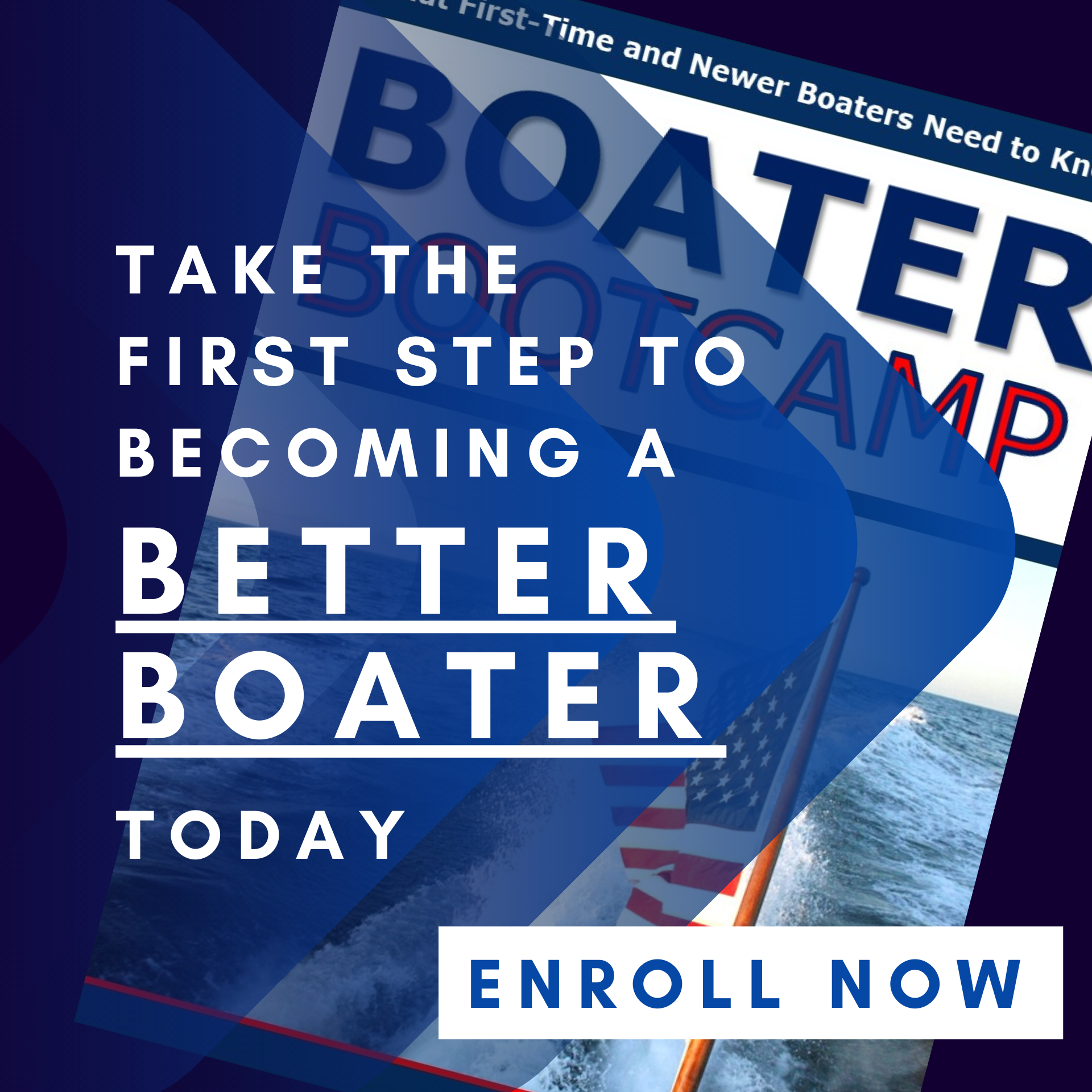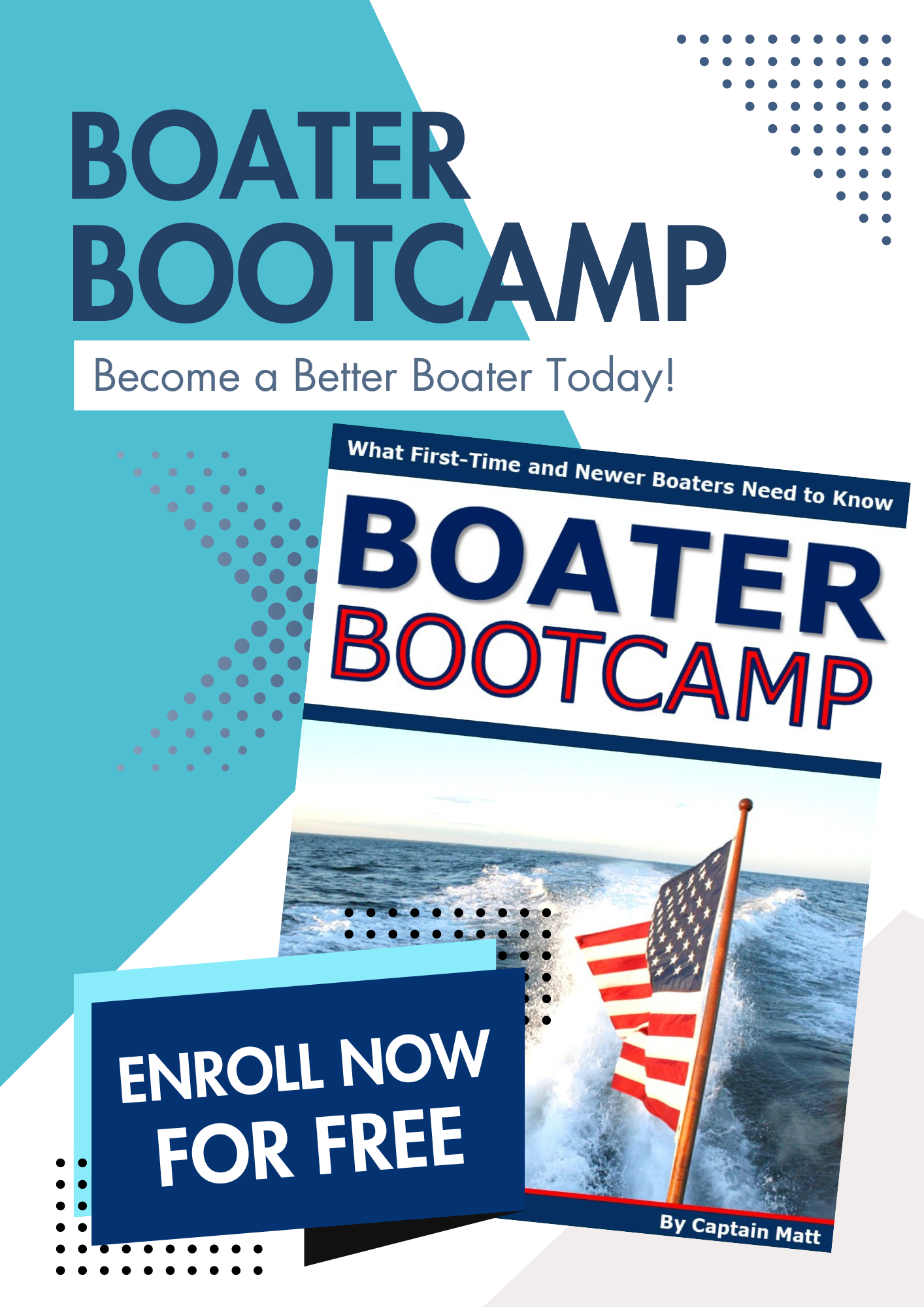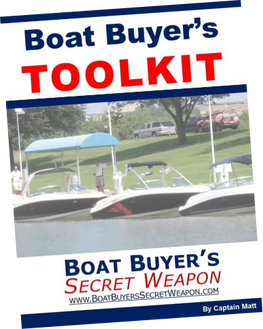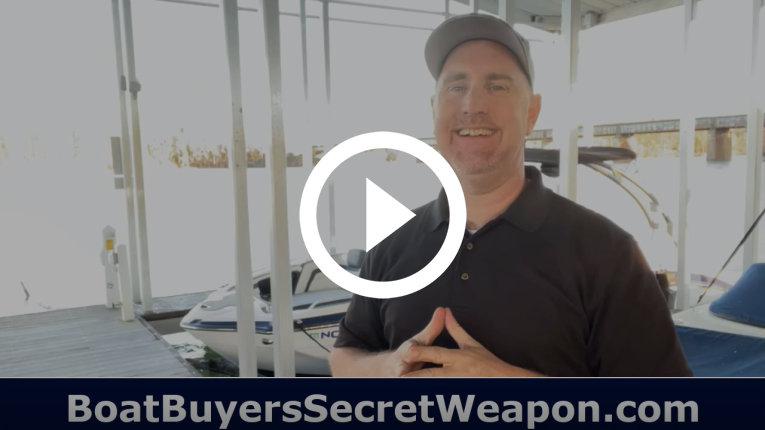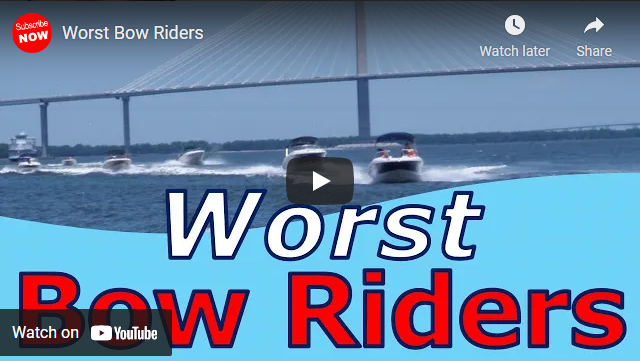The Ultimate Guide to Buying a Used Center Console Boat Without Regrets
If you're considering buying a used center console boat, you're in the right place. This guide will take you step-by-step through the process, ensuring you get the right boat at the best price without inheriting someone else’s headache.
Ready to make a smart purchase? Download our FREE Boat Buyer’s Toolkit today! It includes checklists, inspection guides, and tips to save you thousands.
Is a Center Console Right for You?
Center consoles are versatile, making them ideal for fishing, water sports, and cruising. Before committing, ask yourself:
- How will you use the boat?
- Do you need a stable platform for fishing or a smooth ride for offshore adventures?
- What’s your budget for maintenance and upgrades?
Key Factors to Consider
- Power Options
- Outboard Engines: Most center consoles are powered by outboards, with newer models featuring high-tech diagnostics. Choose an engine brand with a local technician available for maintenance.
- Number of Engines: For offshore fishing, a twin engine provides redundancy. Single engines, however, are often reliable and cost-effective.
Image Note: A comparison graphic showing single, twin, and triple engine setups with pros and cons listed.
- Understanding Dead Rise
The dead rise—the angle of the boat's hull—impacts ride quality:
- Flatter Hulls: Better for stability in calm, shallow waters.
- Steeper Dead Rise: Ideal for cutting through offshore waves but more prone to rocking.
Image Note: Illustration of boats with varying dead rise angles to show differences in ride quality.
- Essential Features and Upgrades
- Electronics: Ensure any boat you’re considering has functional, updated electronics or account for the cost of upgrades.
- Comfort Packages: For mixed-use boating, prioritize models with cushions, backrests, and ski tow bars for family fun.
- Trim Tabs: Vital for larger boats to ensure a smooth, level ride.
Pro Tip: Factory-installed features often outperform aftermarket additions.
- Inspection Checklist
Every used boat has flaws. The key is knowing what you're buying.
- Fiberglass and Gelcoat: Look for nicks, scratches, or blisters.
- Electronics and Systems: Test every system, from the stereo to live wells.
- Engine Health: Check engine hours, fluids, and compression.
Don’t skip the compression test! For as little as $150, it can save you from costly repairs.
Image Note: Diagram highlighting key areas to inspect on a used boat, including the hull, engine, and wiring.
- Test Drive Tips
- Start with a cold engine to observe startup performance.
- Test idle to full-throttle acceleration.
- Navigate turns and adjust trim to assess handling.
- Trailer Considerations
A trailer in good condition adds significant value. Inspect:
- Axles, bearings, and brakes.
- Tire tread and signs of corrosion.
If the boat doesn’t include a trailer, factor in the cost of a new one.
Financing and Insurance Made Simple
- Financing: Compare rates from marine lenders, credit unions, and dealer options.
- Insurance: Expect premiums from $500 to $2,000 annually, depending on boat size and location.
Get a FREE pre-qualification and insurance quote at BoatBuyersSecretWeapon.com.
Avoid Buyer’s Remorse
By following these steps and using the free resources available in the Boat Buyer’s Toolkit, you’ll navigate the process with confidence.
CTA: Download your FREE Boat Buyer’s Toolkit today! Save money, avoid headaches, and make the best decision for your boating lifestyle.
Image Note: Closing image suggestion of a family enjoying their center console on a serene lake with the caption: Life is better on the boat.
Ready to find your dream boat? Explore our complete guide and additional resources at BoatBuyersSecretWeapon.com.
